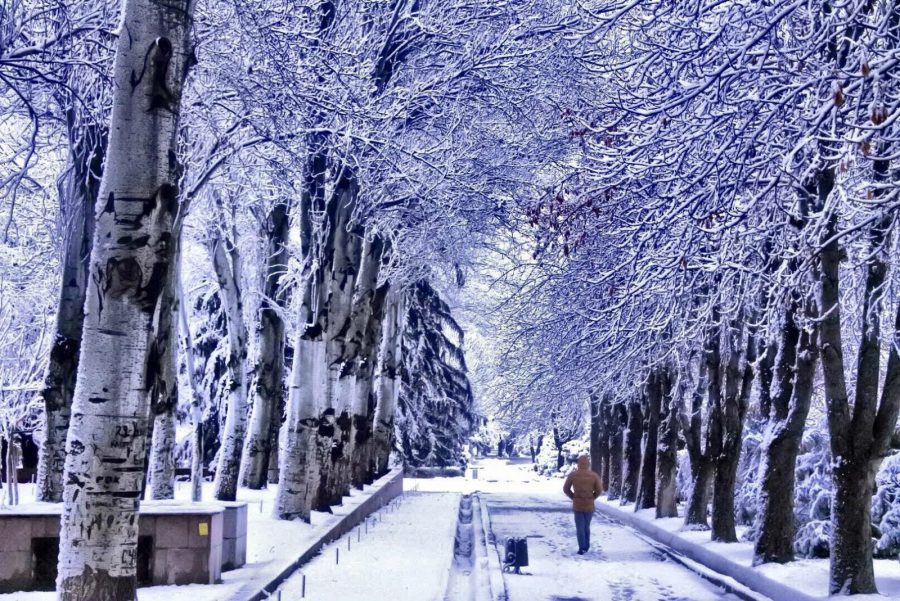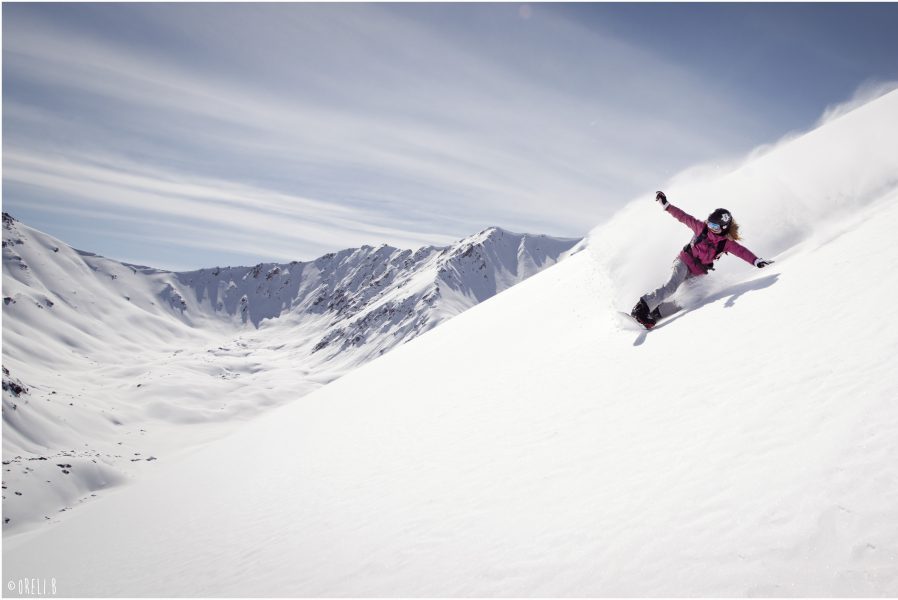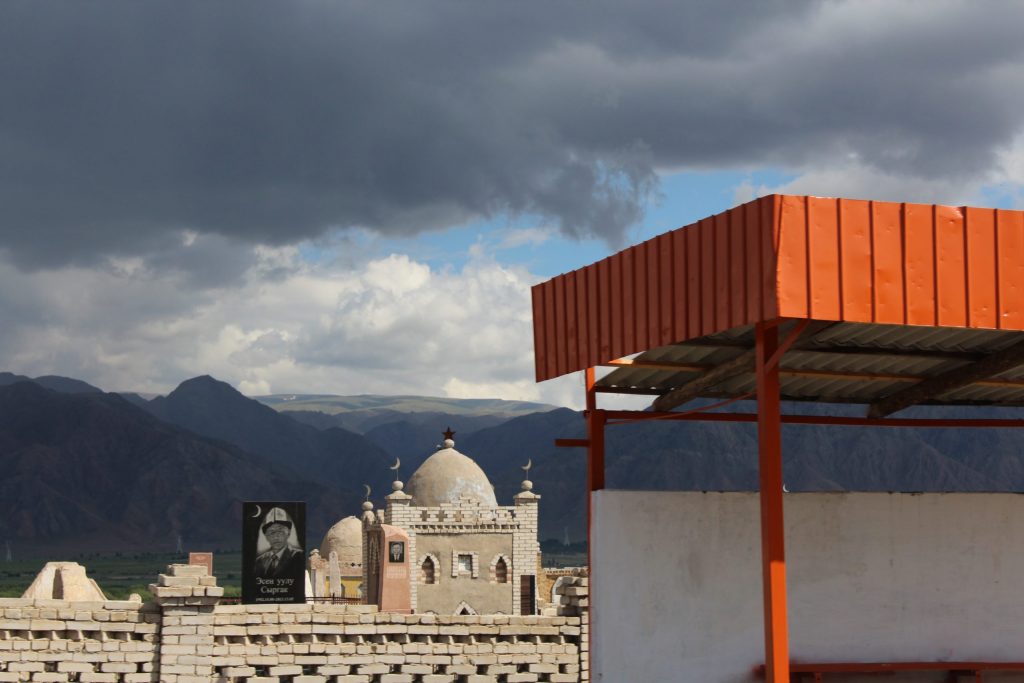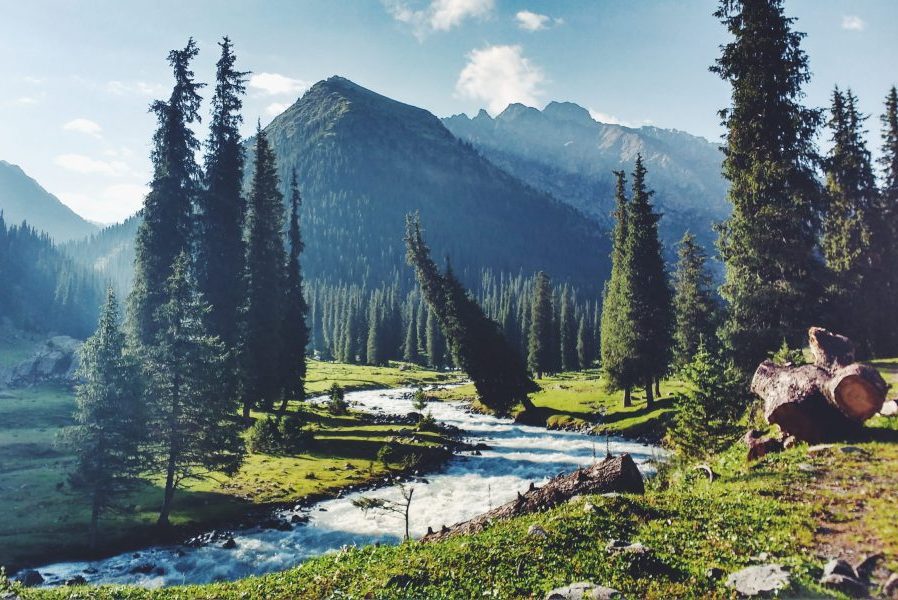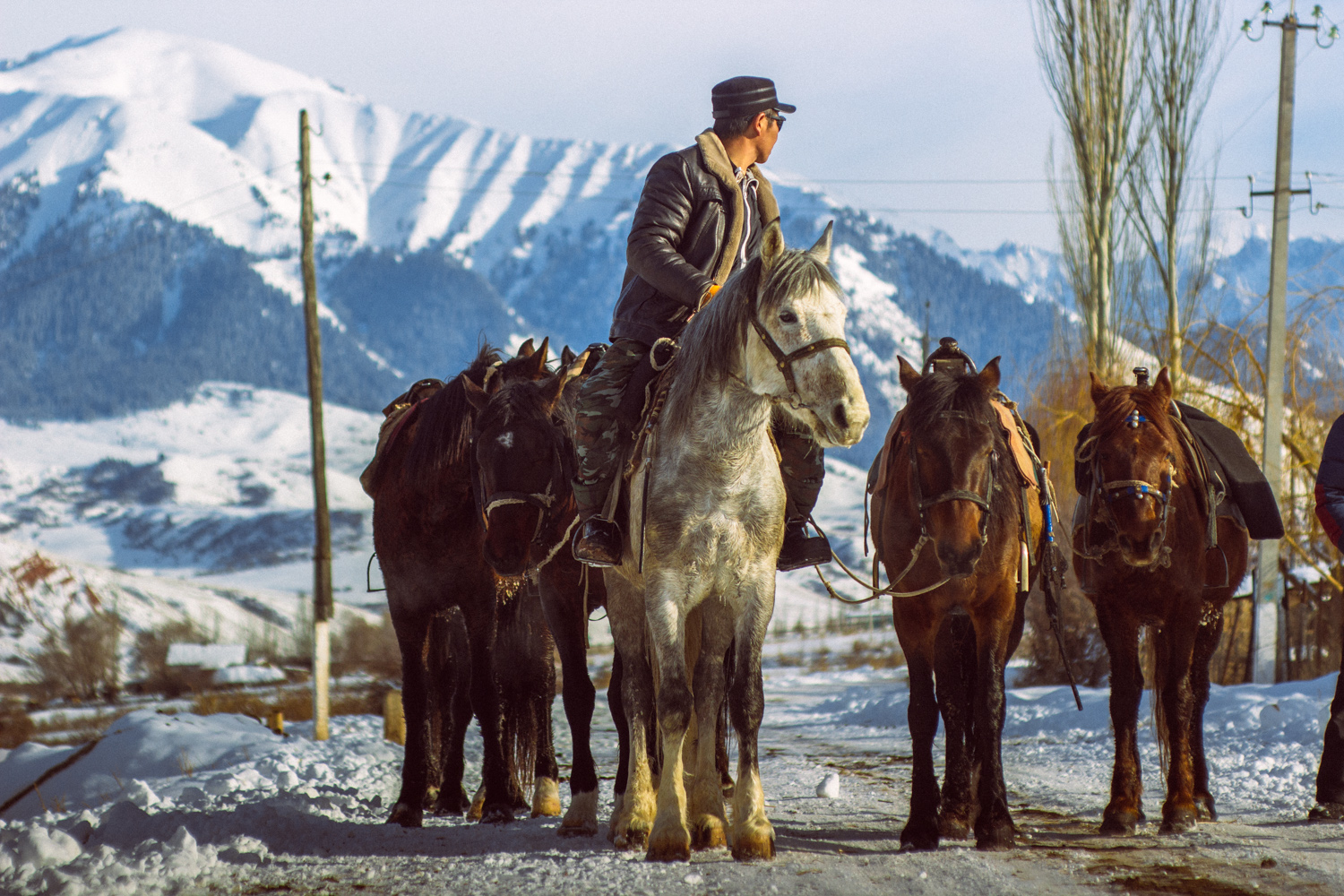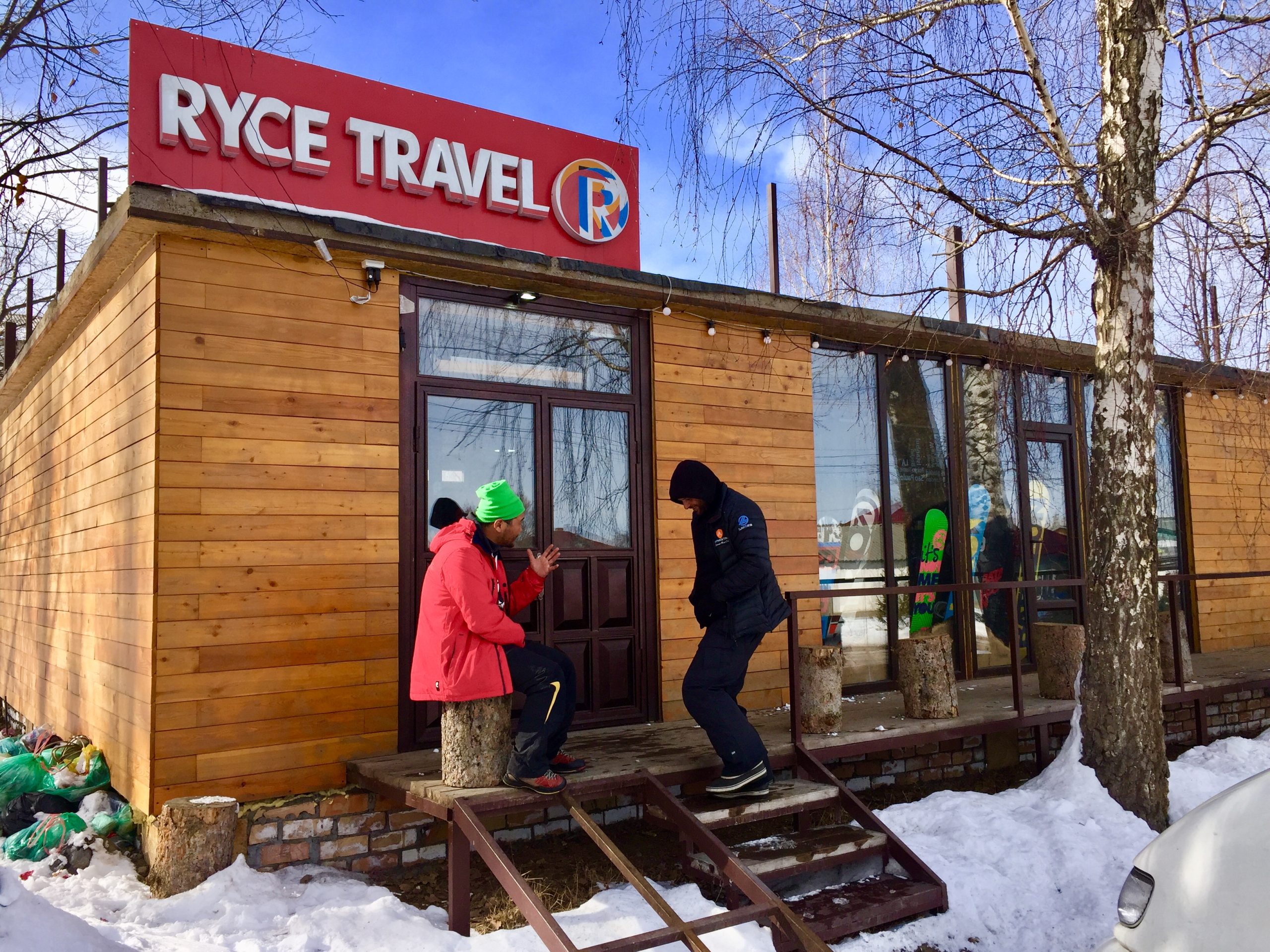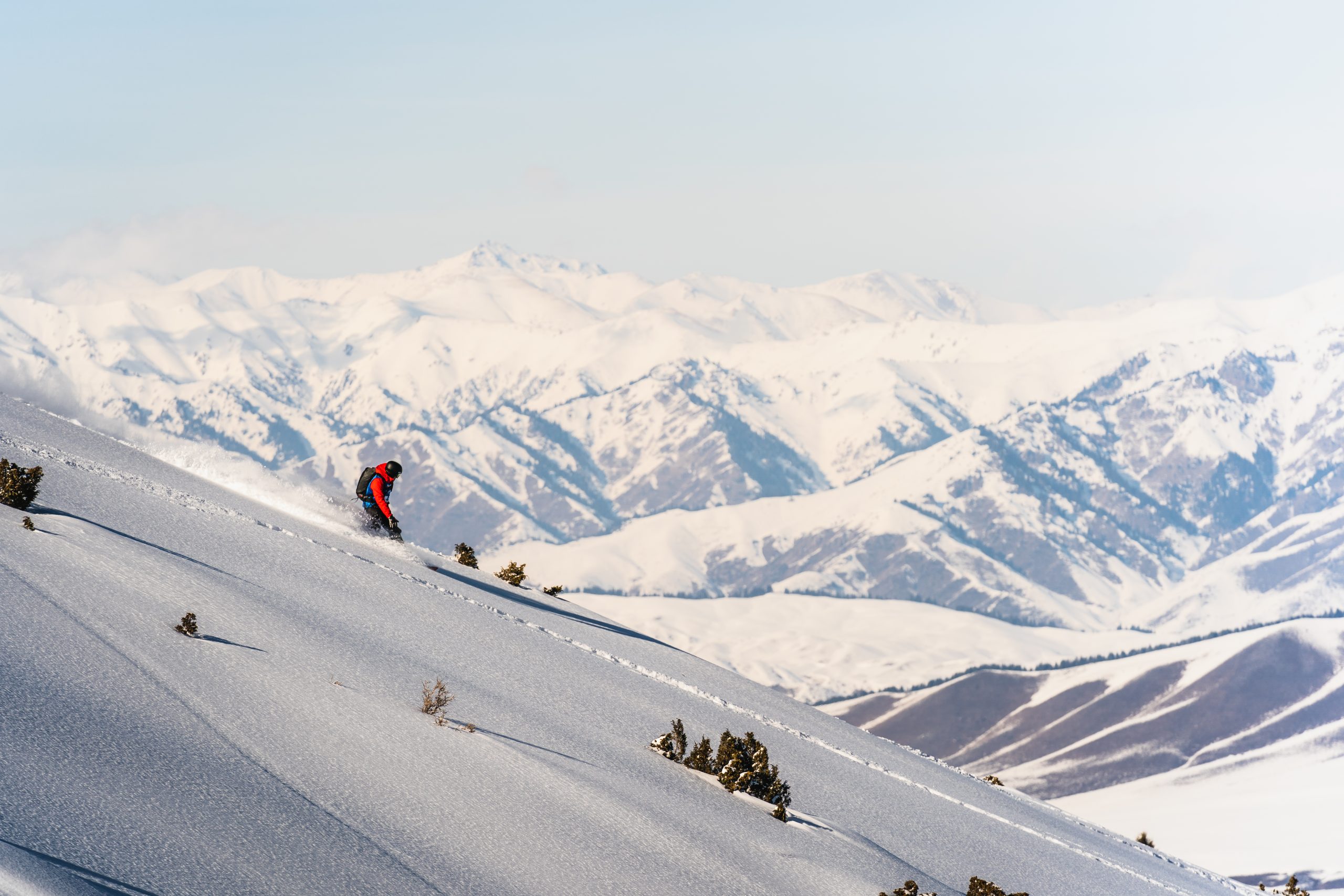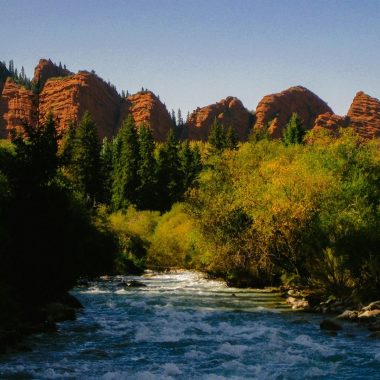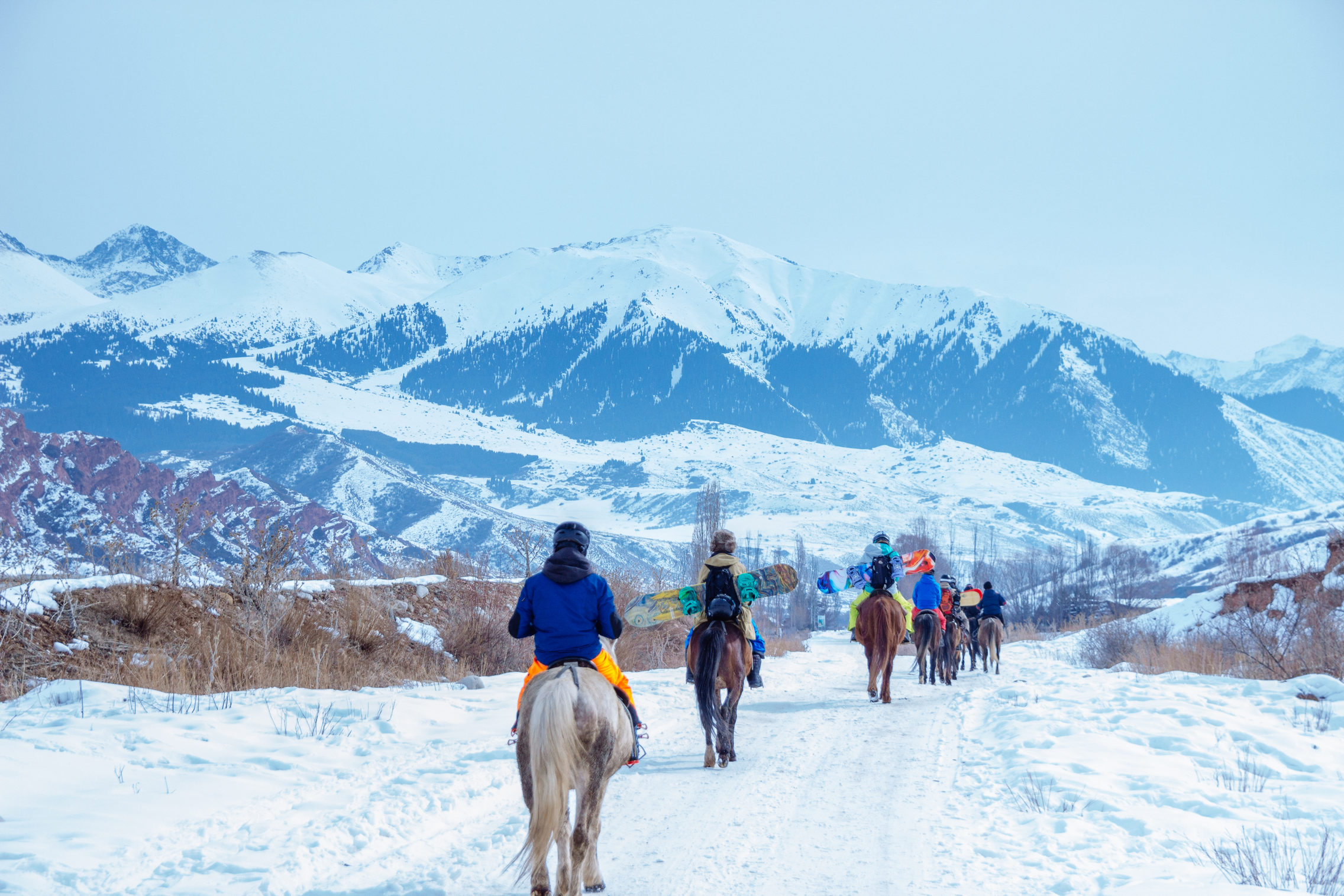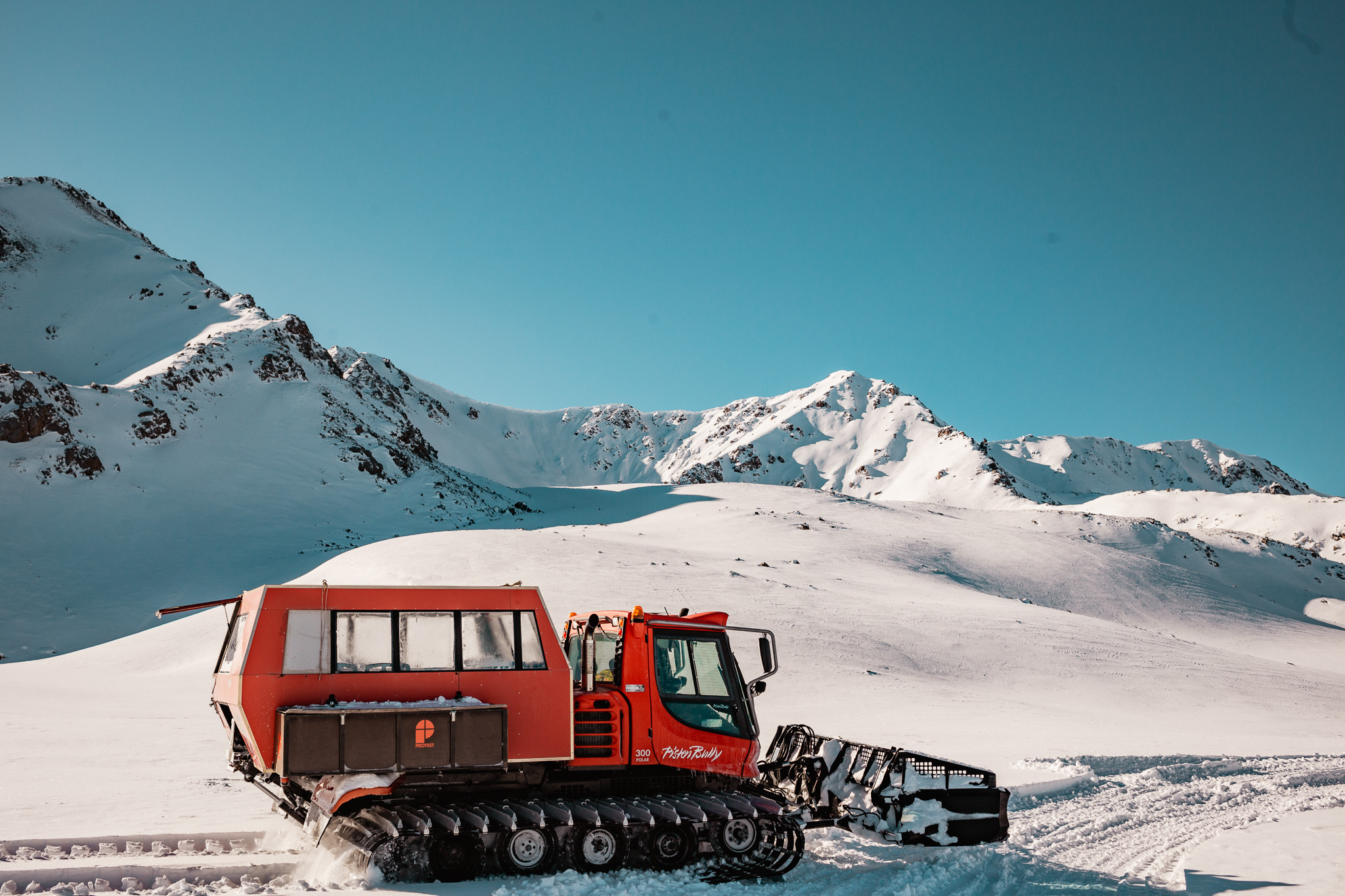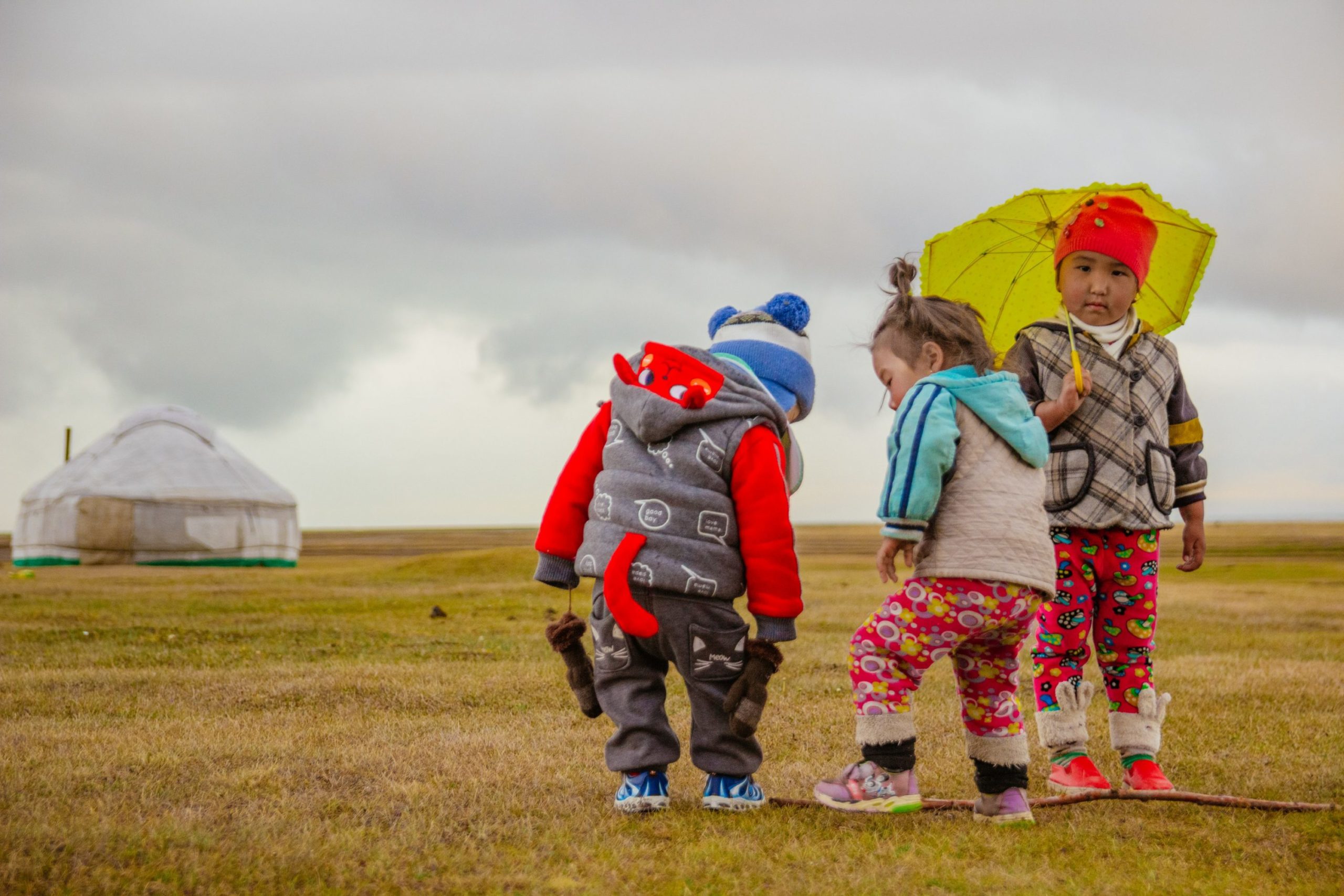Ski Safari Kyrgyzstan
Kyrgyzstan, the place where it all started for us. In addition to our celebrated Ski Adventure trip, we will also be offering a Ski Safari. As always, a combination of winter sports and culture, for the adventurous, autonomous and curious winter sports enthusiast.
Ski Adventure Kyrgyzstan
The Kyrgyzstan Ski Adventure is our most famous ski tour. In 8 days we will explore the remarkable highlights of skiing in Kyrgyzstan. Don’t expect any comfortable chairlifts, groovy after ski pubs or ceasar salads. Get yourself ready for adventure, yurts and shashliks.
Cat Ski Kyrgyzstan
Cat ski Kyrgyzstan? An abnormal amount of dry Central Asian snow is falling in Kyrgalan valley of Kyrgyzstan. The giant Issyk Kul Lake provides a micro-climate with significantly more snowfall than elsewhere in Central Asia. That’s why we offer organized cat ski trips to Jyrgalan. Complete with overnight stay in traditional yurt and Russian sauna.
Backcountry Freeride Kyrgyzstan
Freeride Kyrgyzstan? We offer the best ‘Backcountry Kyrgyzstan’ experience. It’s gonna be a remarkable trip to the Tien Shan mountains in Eastern Kyrgyzstan. We exclusively work with local guides and employees. This means you will meet overly hospitable Kyrgyz people and taste all what Kyrgyz culture has to offer.
Practical information:
| Visa | Not necessary for a stay shorter than 60 days |
| Passport | Valid for at least 6 months after departure from Kyrgyzstan |
| Currency | Kyrgyz SOM (Average 100 KGS is €1) |
| Time difference | GMT+6 |
| Language | Official languages are Russian and Kyrgyz |
| Cash | Paying by card is not possible everywhere, bringing euros or dollars is handy |
| Vaccinations | DTP and Hepatitus A are adviced |
| Electricity | 220V-50Hz |
| Internet connection | The internet connection is slow in most guesthouses and hotels. Local SIM card often works faster |
| Safety | The Ministry of Foreign Affairs reports security risks on the border with Tajikistan. We never go to this area |
| Food and Drinks | A mix of Turkish, Russian and Chinese (Uyghur) cuisine |
| Popular dishes | Pilav, Beshparmak , Lagman, Manti, Kurdak, Shashlik, Koemis |
Kyrgyzstan, the country where dreams come true.
After centuries of oppression, the Kyrgyz people finally gained control of their country in 1991, forming what is officially known as the Kyrgyz Republic. Kyrgyzstan is home to approximately 6 million people, with its population largely residing in rural rather than urban centres (one of very few countries where this remains so). Aside from Bishkek (the country’s capital), there are no major cities, showing that nomadic culture and agriculture still hold an important place in Kyrgyz society. However, as the country’s economy grows, this is rapidly changing.
Geography
Kyrgyzstan is located deep within Central Asia, surrounded by its “big brother” to the north, Kazakhstan; protruded in the west by Uzbekistan’s enclave; neighbouring it’s southern “Farsi brother” Tajikistan and bordering China in the east, connected by trade and migration of Uyghur refugees. Sandwiched between the Tien Shan and Ala Tau mountain ranges, there is wonder that Kyrgyzstan is often referred to as “the Switzerland of Central Asia”, with more than 90% of its country above 1500 metres. The highest mountains are in the far east and southern regions, the latter of which can only be accessed via the Too Ashuu mountain pass (3180 metres high) or by plane. In the east, an astonishing 7439 metres above sea level, Jengish Chokusu stands as the highest peak in the country. In north-eastern Kyrgyzstan lies the gigantic Lake Issyk Kul. At 1600 metres and fed by hot springs (and with a relatively high salinity), Issyk Kul is the largest mountain lake on Earth after Lake Titicaca. Smaller, but no less impressive is Son Köl Lake, hidden between the mountain passes in the south.
Weather shaped by mountains
With so much of Kyrgyzstan consisting of mountains, it is no wonder that they have a great influence over this landlocked country’s climate, giving it a typical continental climate with a hot and dry summer and a cold and wet winter (with short, and somewhat inconvenient intermediate seasons between). In Bishkek, temperatures sometimes exceed 40 degrees in summer and 30 below zero in winter. The south is warmer (even in winter) and shares the hugely fertile Fergana Valley with Uzbekistan and Tajikistan. In the east, Lake Issyk Kul provides a moderate microclimate with considerably more precipitation, hence it does not get hotter than 30 degrees in the summer and colder than -5 in the winter.
The people of Kyrgyzstan
Originally, the Kyrgyz are a nomadic people who left the Altai region in southern Siberia, escaping oppression. Kyrgyz are ethnically Turkic, with a strong affinity to Kazakhs, Uzbeks, Uyghurs, Turmen, Azerbaijanis and Turks. Years of domination by other cultures have made the Kyrgyz people who they are today. During the time of Gengis Khan, the population composition particularly changed, and there are even rumours that ethnic Kirgians once had blue eyes and blond hair. Nowadays, Kyrgyz are a largely Muslim population with strong Russian influence. During the time of the Soviet Union, many Russians immigrated to Kyrgyzstan and today a majority of the country speaks Russian (with the Russian Orthodox faith also having an important place in society).
Kyrgyz Economy
Unlike its big brother Kazakhstan, Kyrgyzstan has no oil or gas reserves for its economy to rely on. A significant portion of gross domestic product comes from Kyrgyz living abroad (notable in Russia). Kyrgyzstan’s economy is growing, driven by the agricultural and tourism sectors. Historically, Kyrgyzstan has been a transit country, linking the East to the West through the Silk Road. Today it continues this legacy as a supra-regional player for Central Asia, with, for example, the Dordoi Bazaar in Bishkek being the largest of all CIS countries. Kyrgyzstan has important border crossings with China which are frequently used to import and continue the transit of Chinese goods (however this function is increasingly being transferred to the the more modern and more accessible Kazakh/Chinese border.
The agricultural sector is still very important to Kyrgyzstan, with the largest share provided by the Fergana and Issyk Kul regions (and the Naryn region important for cattle breeding). Many fruits and vegetables grow on these fertile soils, and in Kyrgyz markets one can expect to find locally grown apricots, apples, pears, berries, pomegranates and citrus, as well as tomatoes, carrots, onions, potatoes, capsicums and cabbages.
Kyrgyzstan is rich in minerals but has too little expertise and too small a budget of its own to use its reserves efficiently. The Kumtor Gold Mine, one of the largest in Central Asia, is unfortunately exploited by a Canadian company, where many ores are yet to be mined. Coal used to provide an important source of income, and the village of Jyrgalan (near Karakol) was known for its high-quality black coal.
Tourism
In 2008, tourism took a big leap, lifting the visa requirement for many Western countries. Most tourists still come from surrounding countries, namely Kazakhstan, though its share is declining. Kyrgyzstan has everything to become a future tourism hotspot: amazing nature, vast mountain massifs, a gigantic lake with golden beaches, an ancient nomadic culture, delicious cuisine, wild rivers, petroglyphs, snow-capped peaks, huge glaciers and fertile valleys. Moreover, these stunning locales are inhabited by an incredibly hospitable people, and it is not uncommon to find yourself invited to have a cup of tea with some local fare. The people lived relaxed lives with great emphasis on the present, not being too worried about tomorrow. Kyrgyz are sometimes referred to as the Jamacians of Central Asia. Always up for a dance and forever willing to chat.


